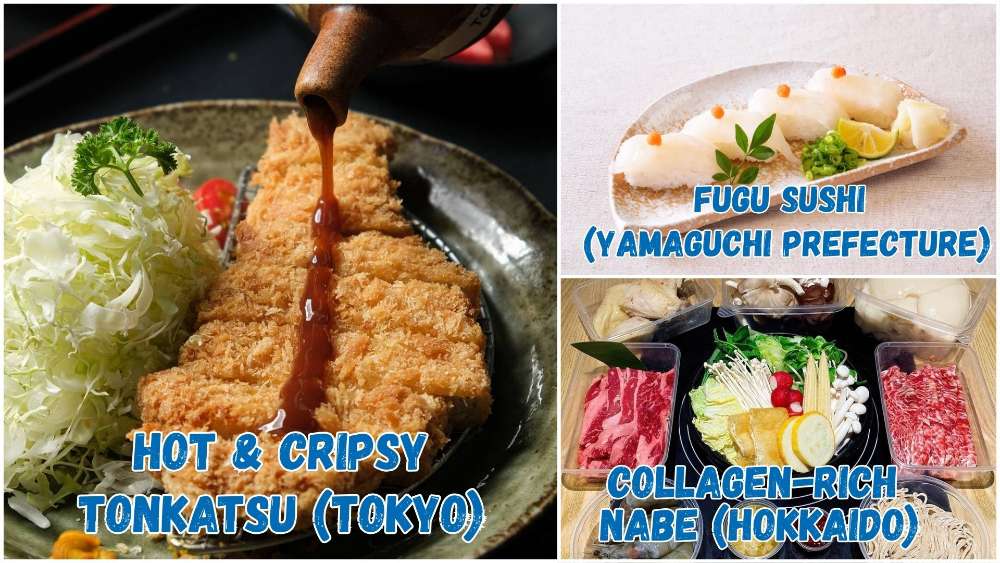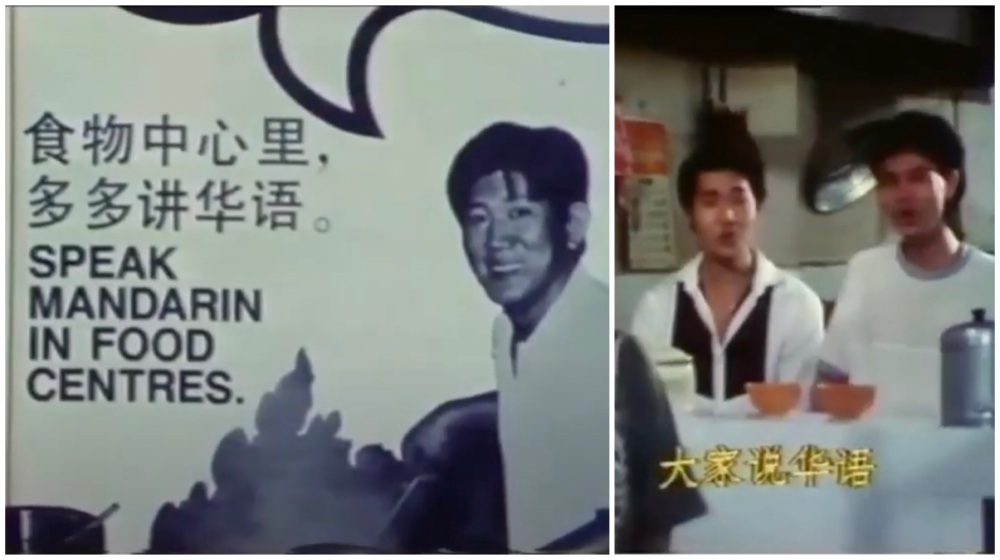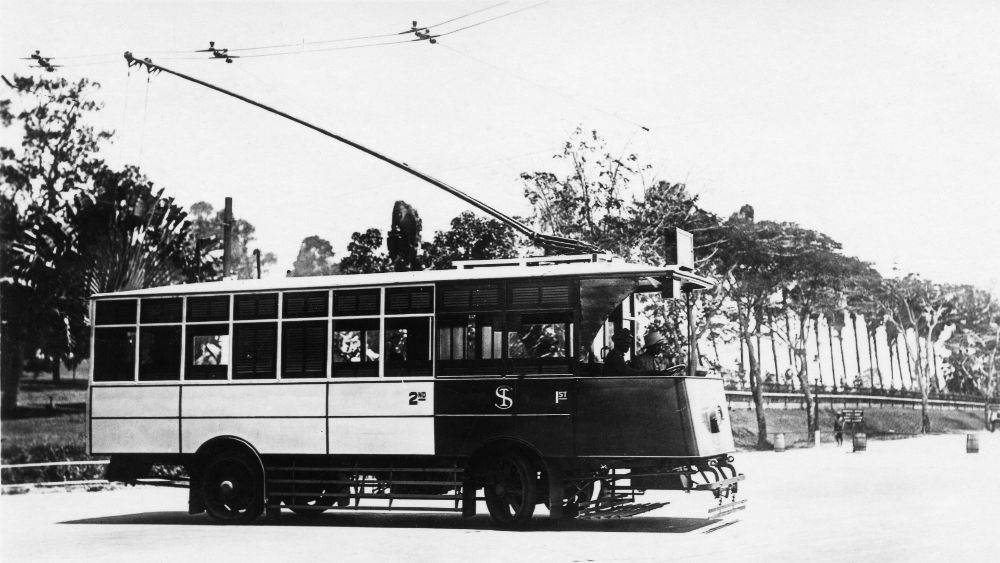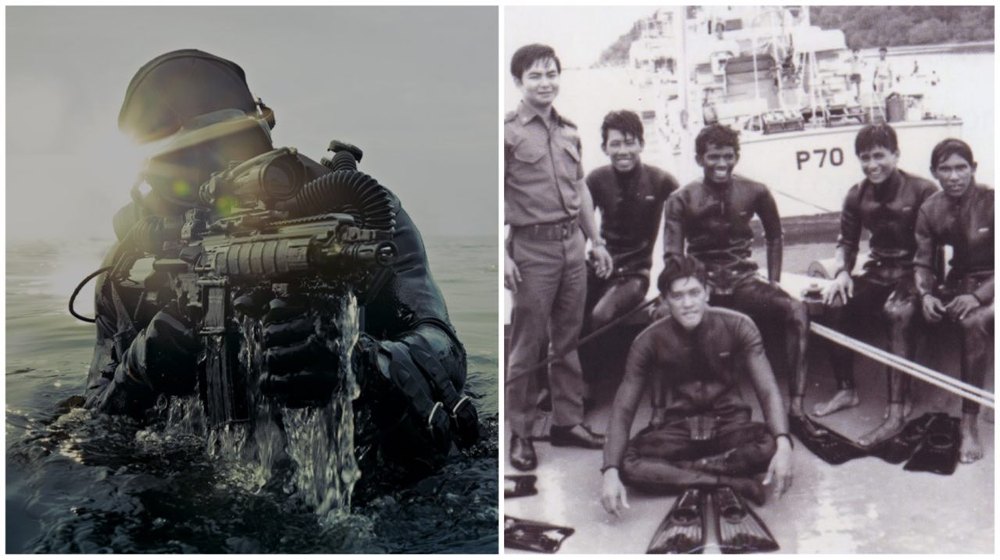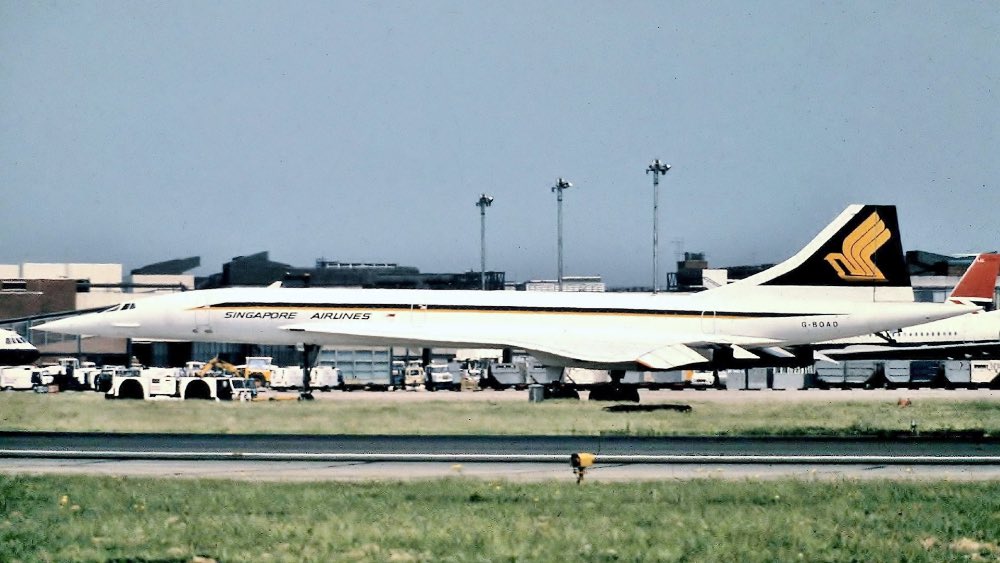Today In 1979, The First Speak Mandarin Campaign Was Launched
Forty six years ago today (7 Sep), the Speak Mandarin Campaign was launched by Singapore's first Prime Minister Lee Kuan Yew. The goal? To improve communication between the various Chinese dialect groups and promote Mandarin as the go-to language for Chinese Singaporeans.
Let’s rewind a bit. In the '60s, Singapore rolled out its bilingual education policy, making English the first language. But by the '70s, Chinese Singaporeans were still speaking their respective dialects (there were more than 10 spoken at the time), which wasn’t helping the Government’s vision of a more united, bilingual society.
A committee was formed in 1979 to tackle this issue – and so, the Speak Mandarin Campaign was born.
From dialects to Mandarin
In the campaign’s first decade, the focus was on encouraging Chinese Singaporeans to embrace Mandarin. Slogans like "学华语,讲华语" ("Learn Mandarin, Speak Mandarin") in 1981, and "请讲华语,儿女的前途,操在您手里" (“Please speak Mandarin, your children’s future is in your hands”) in 1984 were splashed across media to spread the message. There was also a theme song, "大家说话语" ("Let's Speak Mandarin; see YouTube video above).
The campaign also offered Mandarin lessons for everyone from civil servants to hawkers. Between 1983 and 1987, you could even dial in for Mandarin lessons 24/7 – the service received an average of about 40,000 calls during peak hours.
Speak Mandarin Campaign over the years
By the late '80s, with most people already speaking Mandarin, the campaign expanded its focus to include promoting Chinese culture. The message shifted to embrace heritage and tradition, with slogans like "学习华语,认识文化" ("Mandarin for Chinese Singaporeans: More than a language.") in 1991. The target audience also broadened to include white-collar workers and the English-speaking crowd, with efforts to encourage this group to stay connected to their roots.
In 1998, Mr Kiasu, the beloved local comic book character, was roped in to give the campaign a boost. "Mr Kiasu Learns Mandarin" became a hit with readers, blending humour and language learning.
On the campaign's 30th anniversary (2009), Singaporeans could take part in "The Chinese Challenge" with $10,000 worth of cash and prizes up for grabs. To promote the challenge, there were a series of "Be Heard" Chinese TV commercials featuring non-Chinese children speaking in Mandarin.
Then in 2012, the iHuayu iPhone app was launched as a bilingual language learning tool. The app contained some 50,000 commonly used business and Singapore-related terms in both English and Mandarin. Sadly, it's no longer available for download. 太可惜了!
The result? Success!
Did the campaign work? Absolutely. By 1990, the number of Mandarin-speaking households had more than doubled, and Mandarin became the norm in public spaces, like hawker centres. The campaign not only changed how people spoke, but also strengthened cultural ties among Chinese Singaporeans.
In 2019, the Speak Mandarin Campaign celebrated its 40th anniversary with a new slogan: "讲华语,我也可以" (“Speak Mandarin? Yes, I Can!”). Unveiled by then-Prime Minister Lee Hsien Loong, the slogan reflected how far we’ve come in embracing Mandarin as part of daily life. He also credited the campaign for its success in making Mandarin an important part of Singapore’s identity – so much so that students can now learning coding in Mandarin!
Curious about uniquely Singaporean Mandarin terms? The Promote Mandarin Council website is home to a lexicon of words that hold cultural, historical, or sentimental value just for us. For example:
- HDB block number = 大牌 (da pai)
- ERP = 公路电子收费 (gong lu dian zi shou fei)
- Busybody aka kaypoh = 鸡婆 (ji po)
- Senior Minister = 国务资政 (guo wu zi zheng)
- National serviceman = 阿兵哥 (a bing ge)
- Hawker centre = 小贩中心 (xiao fan zhong xin)
For the latest updates on Wonderwall.sg, be sure to follow us on TikTok, Telegram, Instagram, and Facebook. If you have a story idea for us, email us at [email protected].






